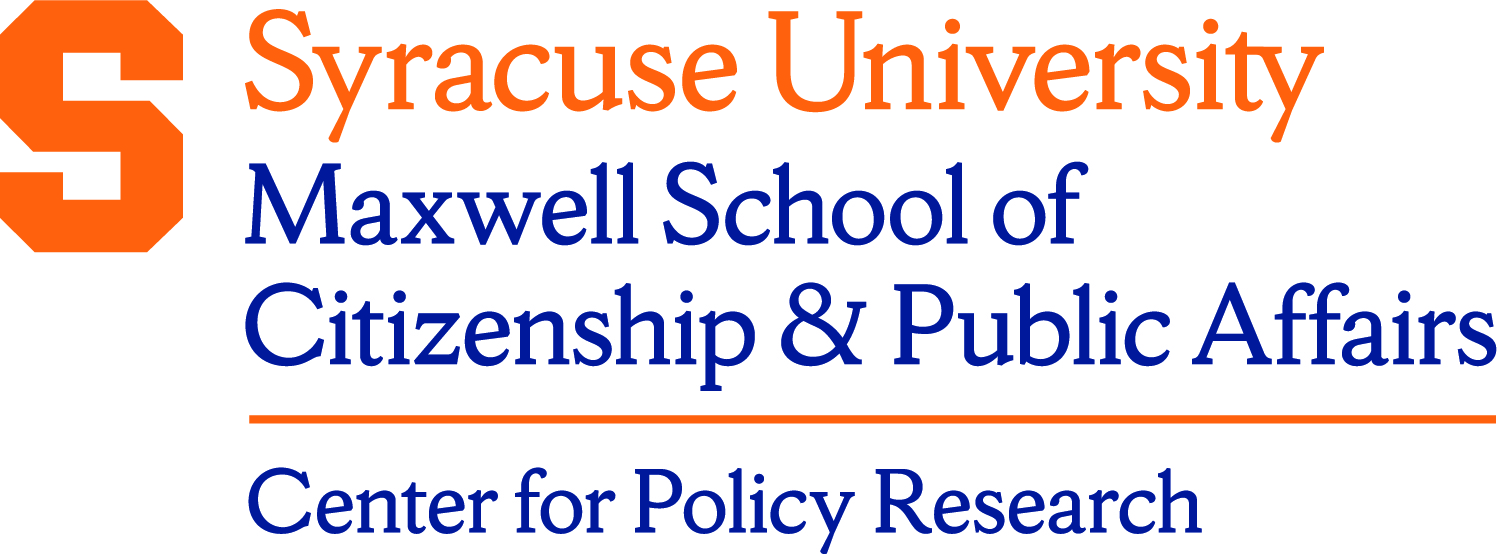Description/Abstract
New York State’s School Tax Relief Program, STAR, provides state-funded exemptions from school property taxes. From 2006-07 to 2008-09, these exemptions were supplemented with rebates, which arrived as a check in the mail. The purpose of this paper is to determine whether these two algebraically equivalent but administratively distinct policies of tax relief led to different behavioral responses. Drawing on behavioral economics, we explore the impact of STAR on the price elasticity of demand for school quality based on the concepts of salience and framing. Our main results are that the behavioral impact of the STAR provisions are larger (1) when they are most salient and (2) when they are framed as a property tax reduction instead of as unlabeled income. We also show that salience and framing can help to explain flypaper effects linked to state educational aid and to the resources that are freed up by a decline in the price of education.
Document Type
Working Paper
Date
Fall 12-2015
Keywords
Property Tax Relief, Demand for Education, Salience, Framing, Flypaper Effects, Price Elasticity
Language
English
Series
Working Papers Series
Disciplines
Behavioral Economics | Economics | Income Distribution | Public Affairs, Public Policy and Public Administration
ISSN
1525-3066
Recommended Citation
Nguyen-Hoang, Phuong and Yinger, John, "The Behavioral Impacts of Property Tax Relief: Salience or Framing?" (2015). Center for Policy Research. 221.
https://surface.syr.edu/cpr/221
Accessible PDF version
Source
Local input
Creative Commons License

This work is licensed under a Creative Commons Attribution 3.0 License.
Included in
Behavioral Economics Commons, Income Distribution Commons, Public Affairs, Public Policy and Public Administration Commons




Additional Information
Working paper no. 186
The authors are grateful for helpful suggestions from Tatiana Homonoff as they were starting this project and to Eric Brunner and Joshua Hymen for helpful comments on earlier drafts.